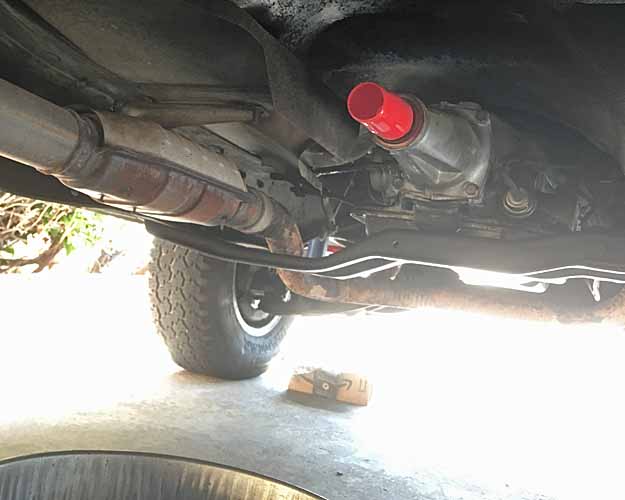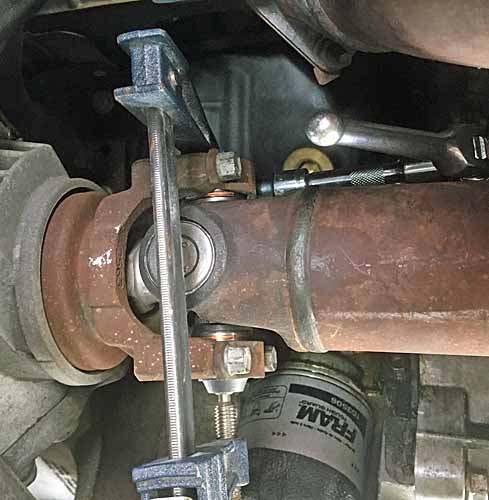Overlandtowater
Well-known member
almost makes me want to take advantage of the financing offers we are seeing now...…..ALMOST....It's always something needs fixing.
almost makes me want to take advantage of the financing offers we are seeing now...…..ALMOST....It's always something needs fixing.
You aren't alone. I think best offers will be after this is over with.almost makes me want to take advantage of the financing offers we are seeing now...…..ALMOST....
I'll say it once more then leave it alone. You're chasing something that isn't necessary or even desirable for off-roading. You WANT that gap. Or you are going to 'jounce' and jostle on every bump you hit, instead of leaving the suspension room to articulate / compress and not bottom out on that stop prematurely. I've had a '99 Tahoe new to ~150k mi, an '05 Tahoe new thru 200k mi and bought my '02 Sub at 116k mi and NONE of them were ever closer than a finger span. The only ones I ever saw in contact was when looking for used Subs with a lot of miles and crapped out sagging suspensions. btw, that's one of the reasons the factory torsion keys have such a wide range of adjustment, to make up the sag in the wearing torsion bars.
Ask the GMT800 owners with unmodified front suspensions to give you pictures, since you only seem to want to accept info that confirms your wrong belief that they should touch. These's aren't street trucks looking for cornering performance and stiffness.
Unless you can find a manufacturer source for what that geometry is supposed to be, I think you are putting bad information in this topic. And I don't care what timbren or any aftermarket vendor says about it, they've got a product to sell.

 www.gm-trucks.com
www.gm-trucks.com

 www.gm-trucks.com
www.gm-trucks.com
Hey I just wanted to apologize. I think I miss understood your original post about it. It’s not that I wanted To believe the wrong info, its just the only info I could find. Thanks for writing that info up and teaching me about the positive of having a gap there for Off-roading.I'll say it once more then leave it alone. You're chasing something that isn't necessary or even desirable for off-roading. You WANT that gap. Or you are going to 'jounce' and jostle on every bump you hit, instead of leaving the suspension room to articulate / compress and not bottom out on that stop prematurely. I've had a '99 Tahoe new to ~150k mi, an '05 Tahoe new thru 200k mi and bought my '02 Sub at 116k mi and NONE of them were ever closer than a finger span. The only ones I ever saw in contact was when looking for used Subs with a lot of miles and crapped out sagging suspensions. btw, that's one of the reasons the factory torsion keys have such a wide range of adjustment, to make up the sag in the wearing torsion bars.
Ask the GMT800 owners with unmodified front suspensions to give you pictures, since you only seem to want to accept info that confirms your wrong belief that they should touch. These's aren't street trucks looking for cornering performance and stiffness.
Unless you can find a manufacturer source for what that geometry is supposed to be, I think you are putting bad information in this topic. And I don't care what timbren or any aftermarket vendor says about it, they've got a product to sell.
Appreciate the help!Yep ... only a little bit of clearance as designed. Like you said ... maybe an inch? When you raise the truck, it raises that as well. The fix I posted is pretty widely used (and is actually a hack and not something a manufacturer specifically targeted to this application) to get back to that clearance while keeping as much of the "jounce" bumpers functionality as possible.
I noticed when I raised mine with the indexed keys that going into a corner at a normal speed ... the truck would take a little longer to "set" into the corner ... this can be a little unsettling if going faster. I didn't get that when at stock height and the addition of the "hack" I posted fixed that issue (as good as it can be with torsion bar suspension on these trucks).
Off-road it may be a different story and you MAY want the little bit of added travel that more clearance gives you ... but it makes a big difference on the road. At least in my experience.
Here is an old post with some info on NEW trucks and what kind of space they had between the control arms and the jounce bumper ..

bumper stops, suspension stops, jounce bumper
I was reading in the posts here about how the trucks have different bumper stop gaps or no gaps as the case may be. I'd like to get to the bottom of this. Can everyone who has noticed this please post their truck (4x4 offroad package or not, suburban, tahoe, pickup 1500...etc.) I have a Tahoe and...www.gm-trucks.com
And to get really technical ... the proper way to set the ride height though it doesn't apply to lifted trucks.

Torsion Bar Adjustment
The "Z" measurment on my 4 x 4 2002 2500HD CCLB measures about 3" on left side and 4.25" on right side. It has been like that since I bought the truck new. Never thought anything about it. I'm thinking this might have had something to do with the front hub bearings going bad. The factory "Z" heig...www.gm-trucks.com
Anyway .. not trying to stir the pot. I was only posting what I had learned through my research into the issue in hopes it would help the guy with his question. I don't think it's bad info at all.
We all know the real answer is coilovers anyway ... lol
yeah I would like one of the new broncos depends on the price.....You aren't alone. I think best offers will be after this is over with.
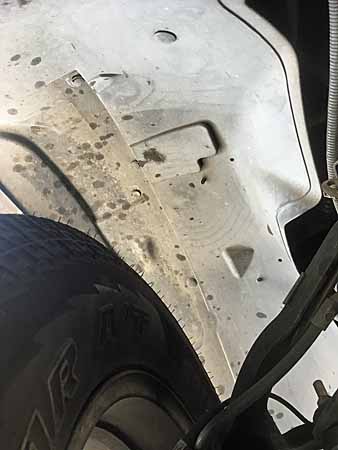
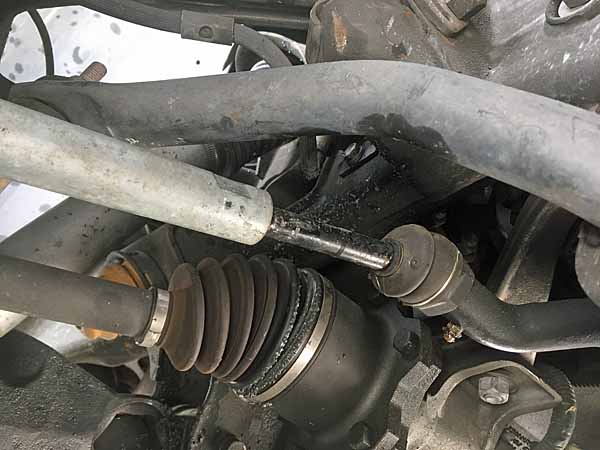
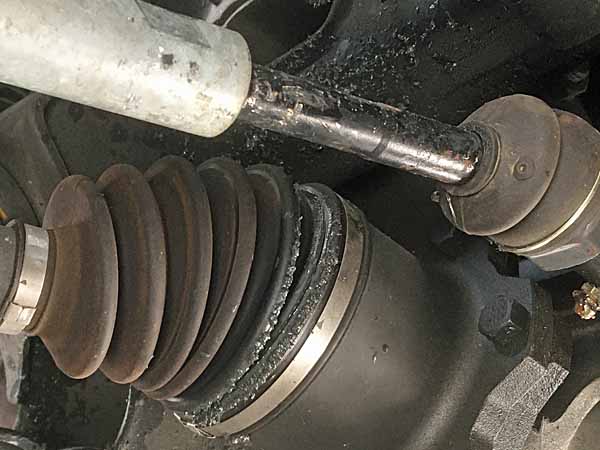
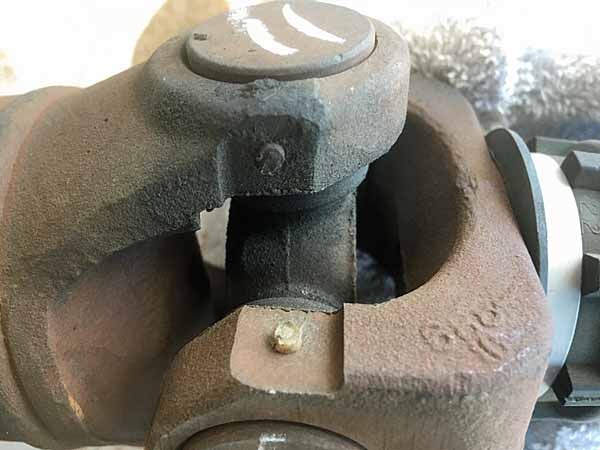
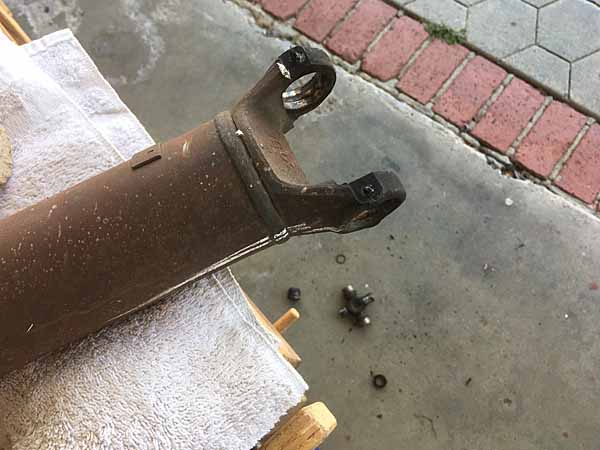
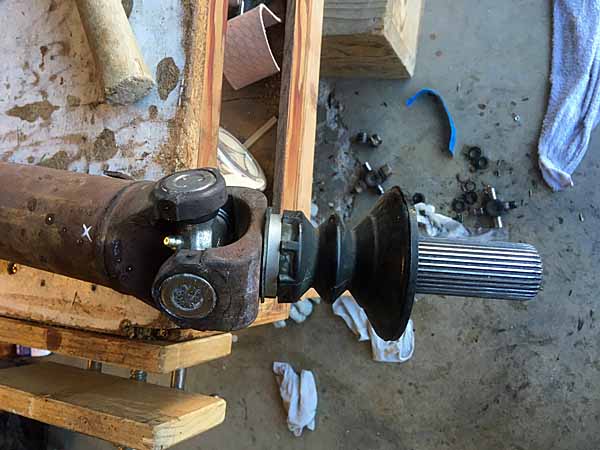
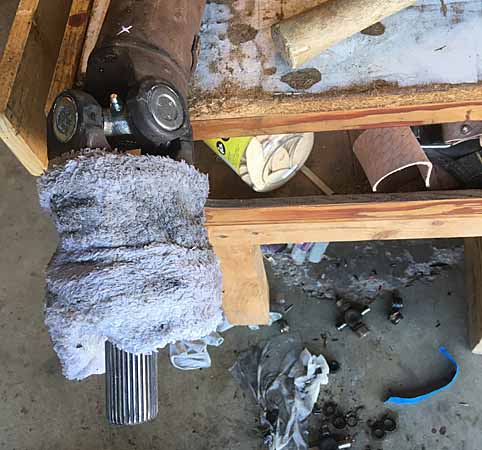
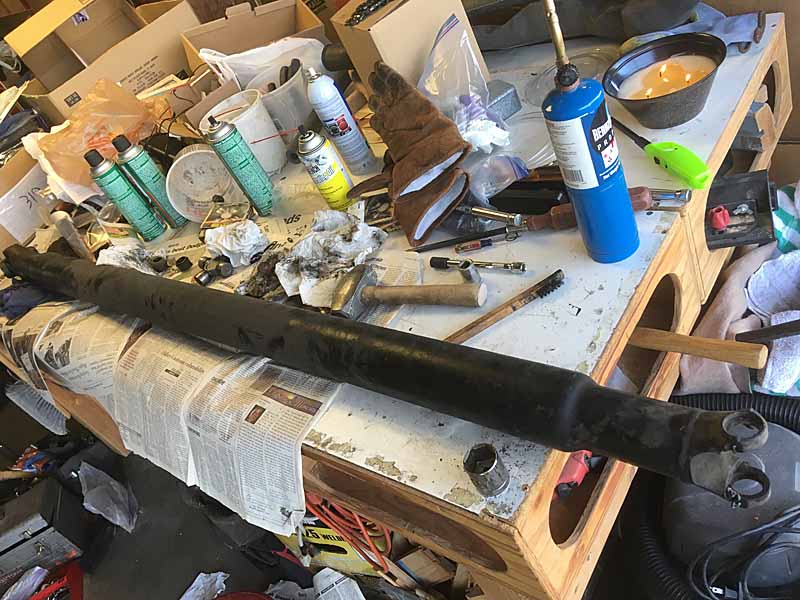
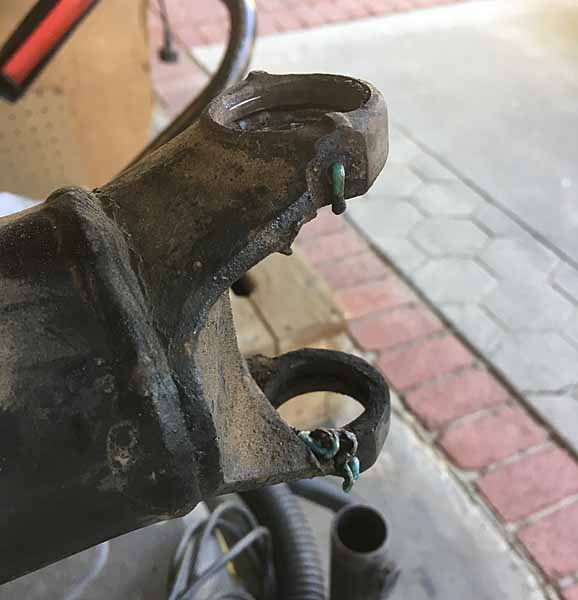
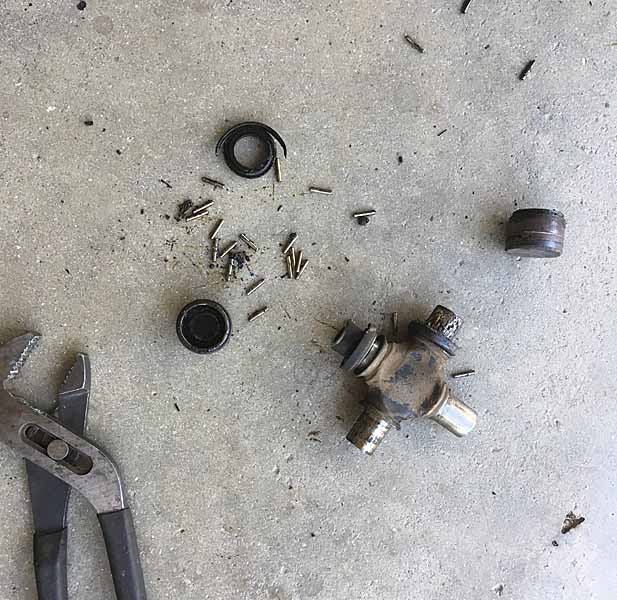
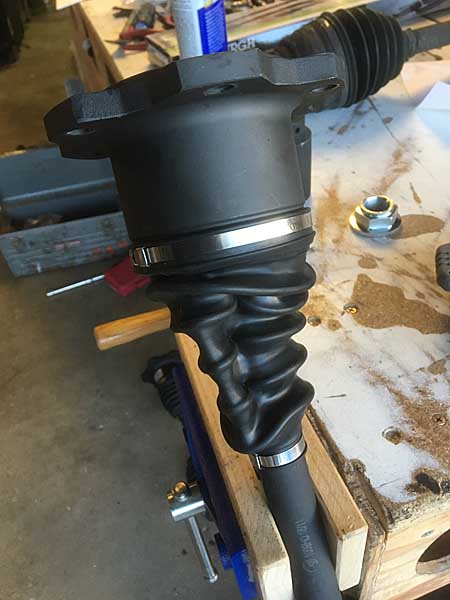
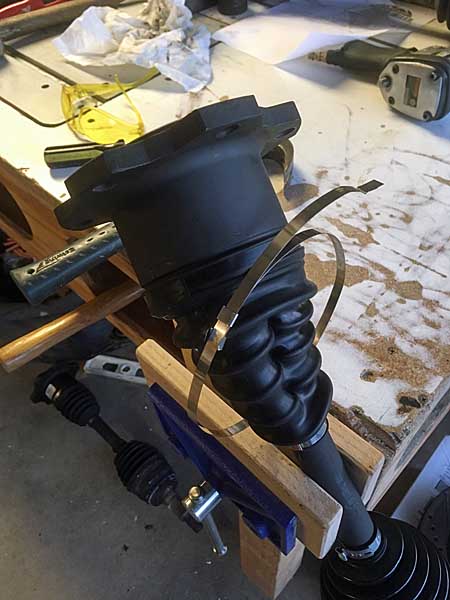

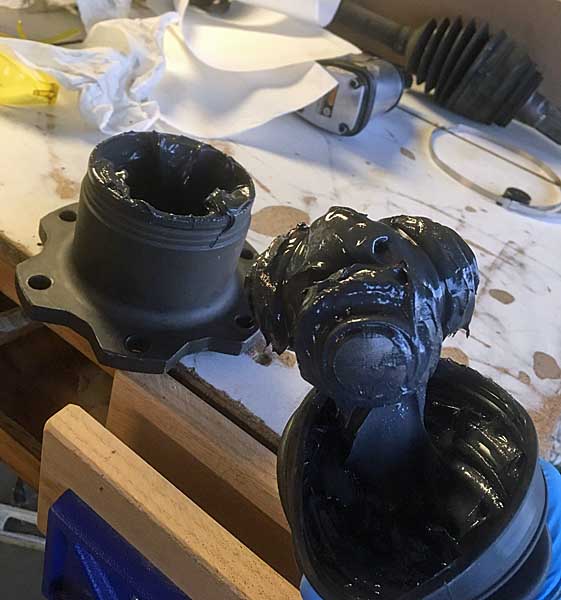
I'm dreading it on mine
